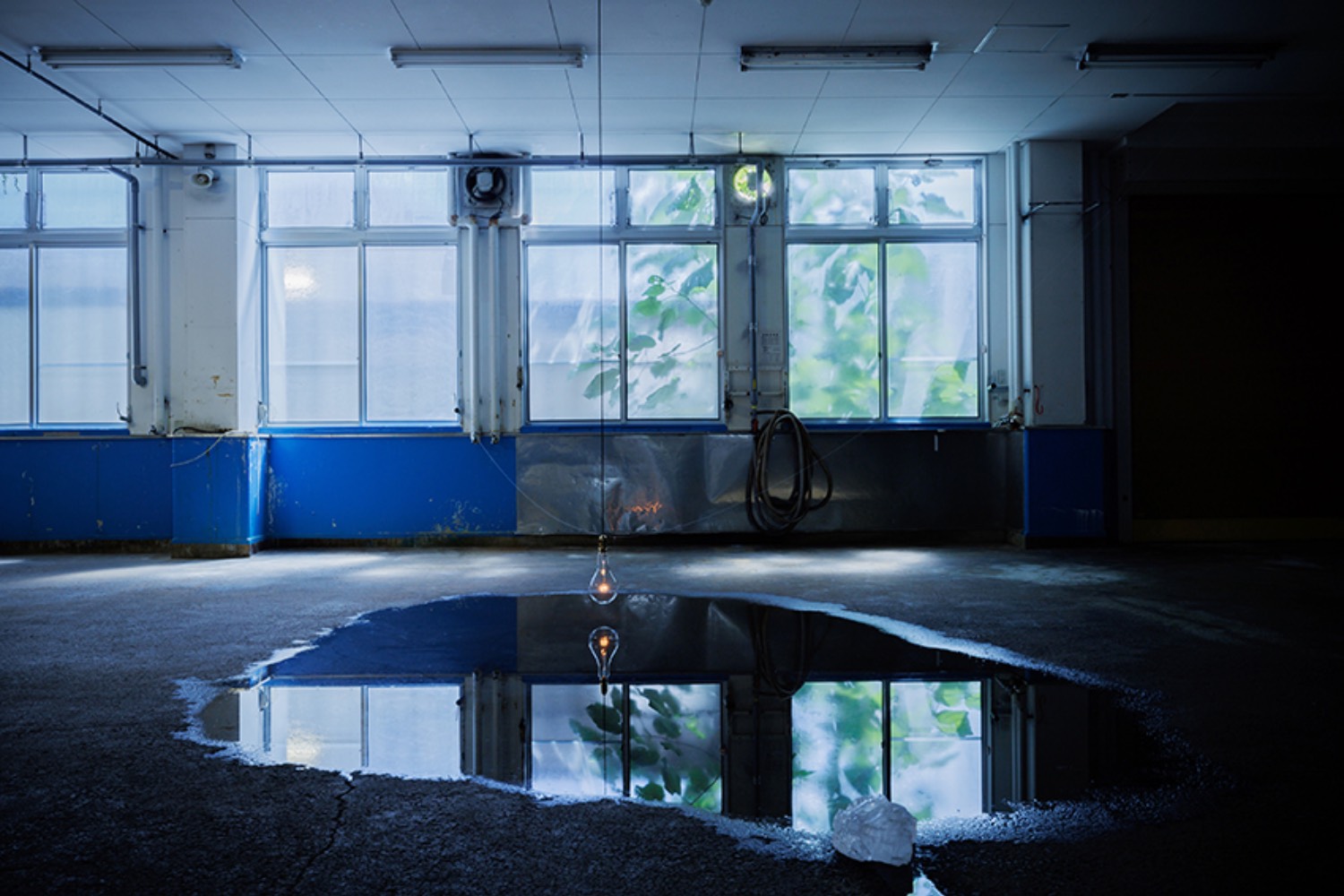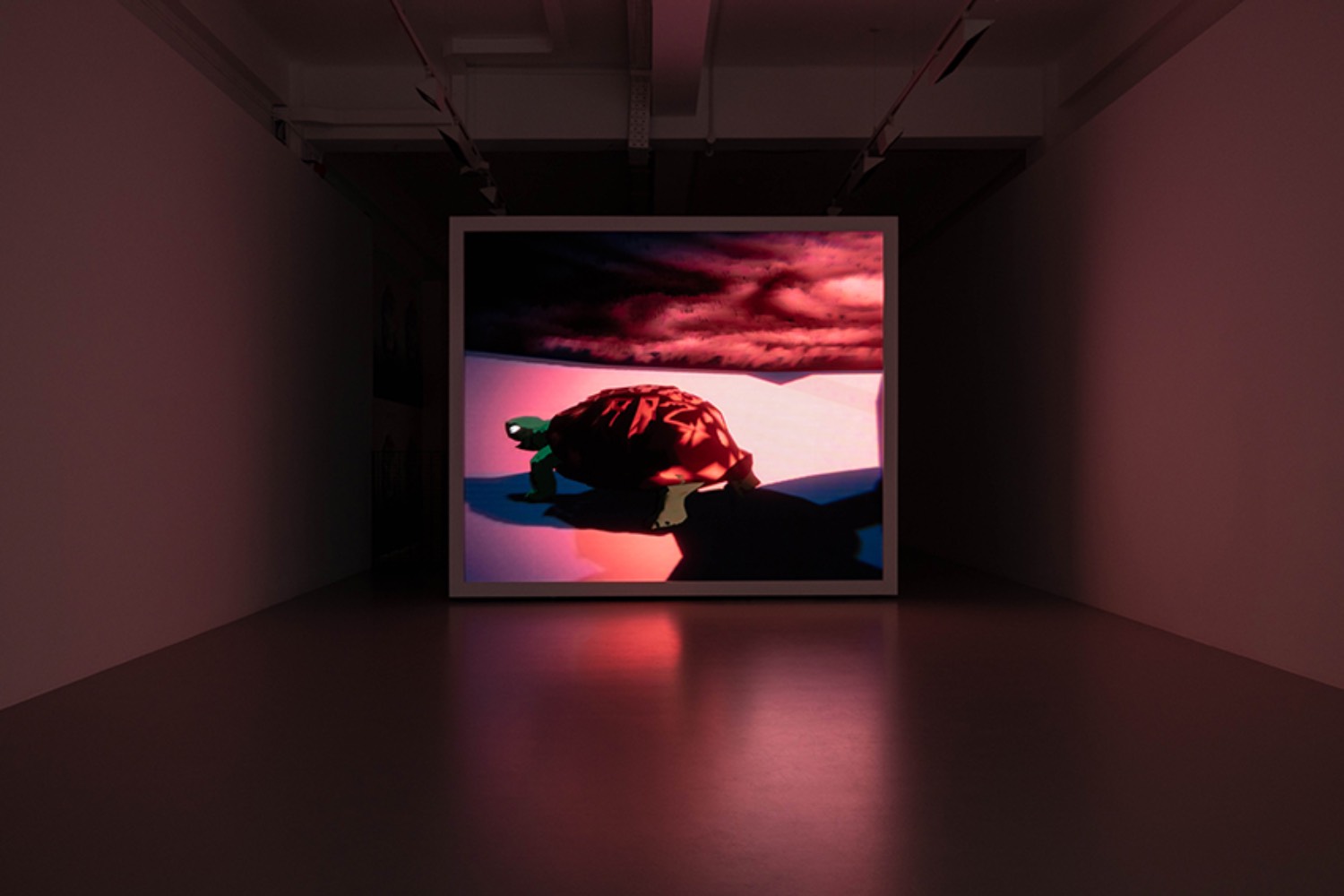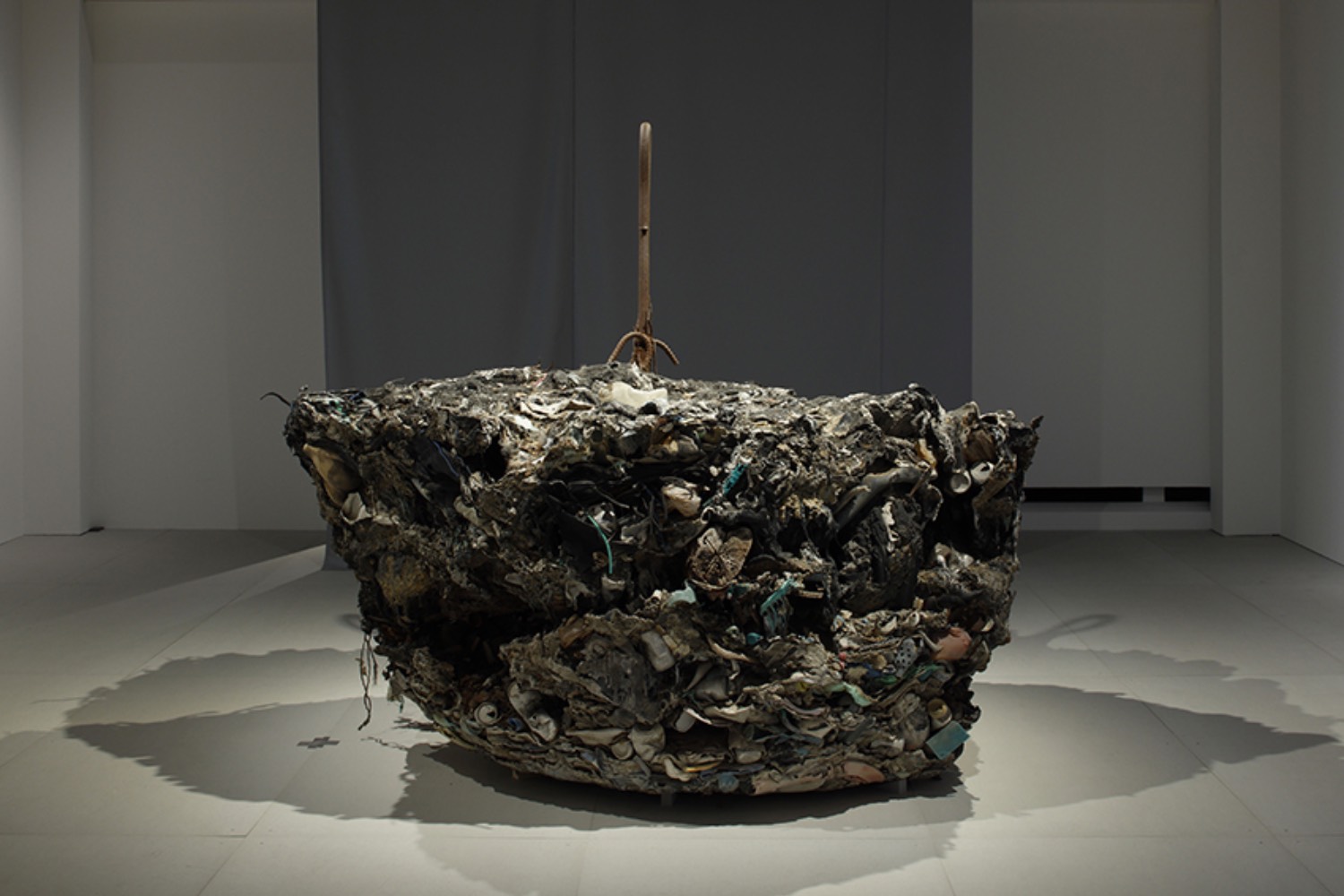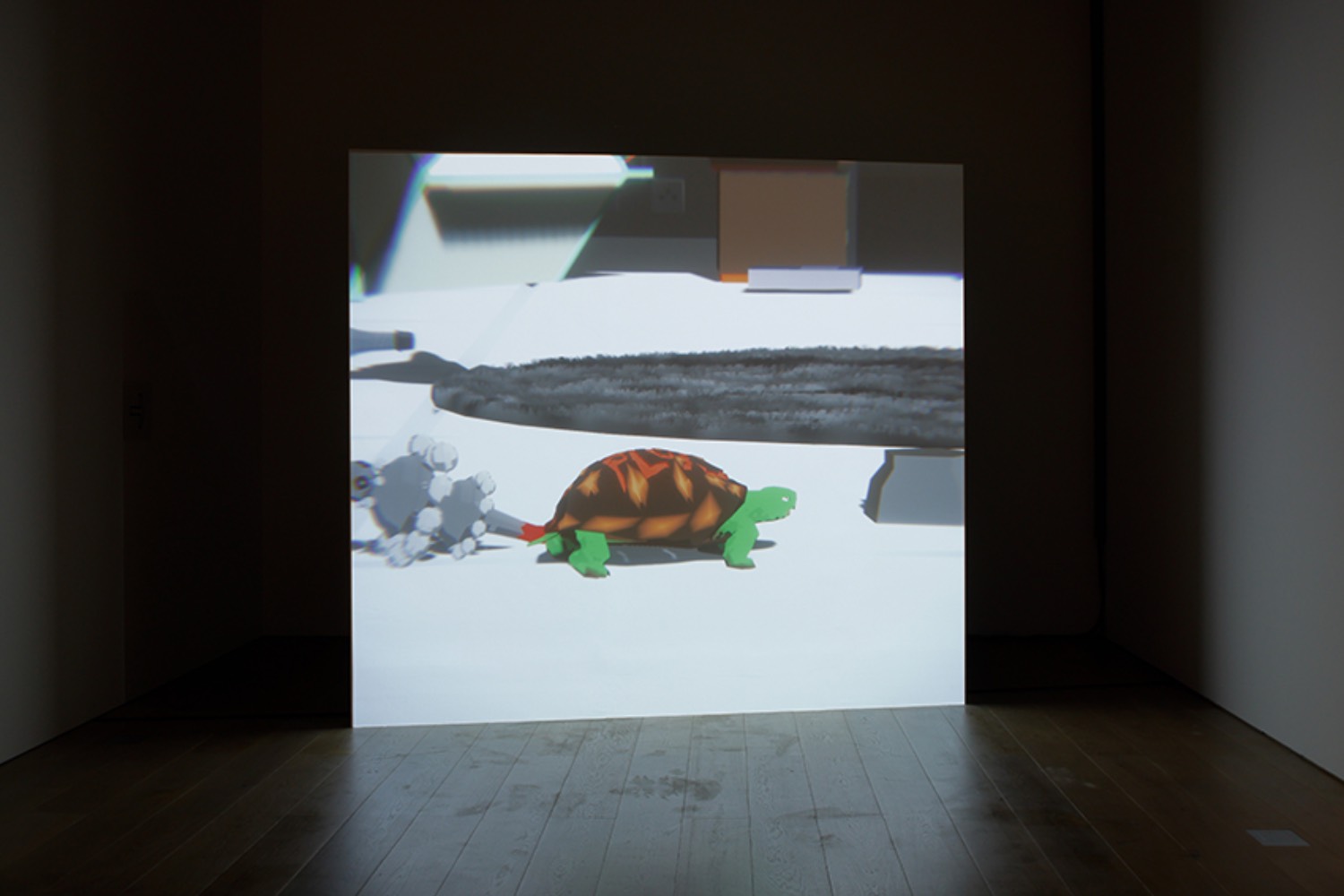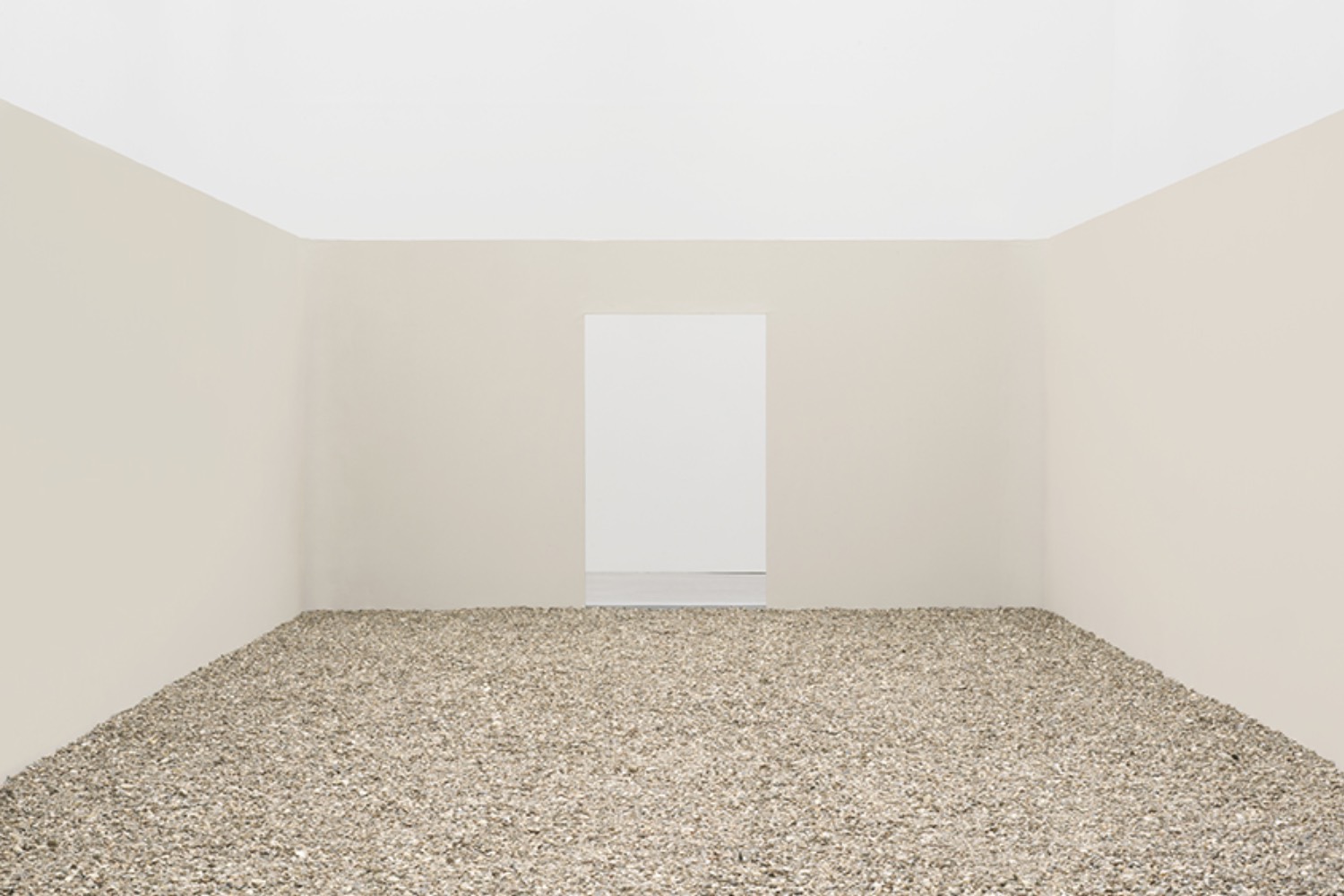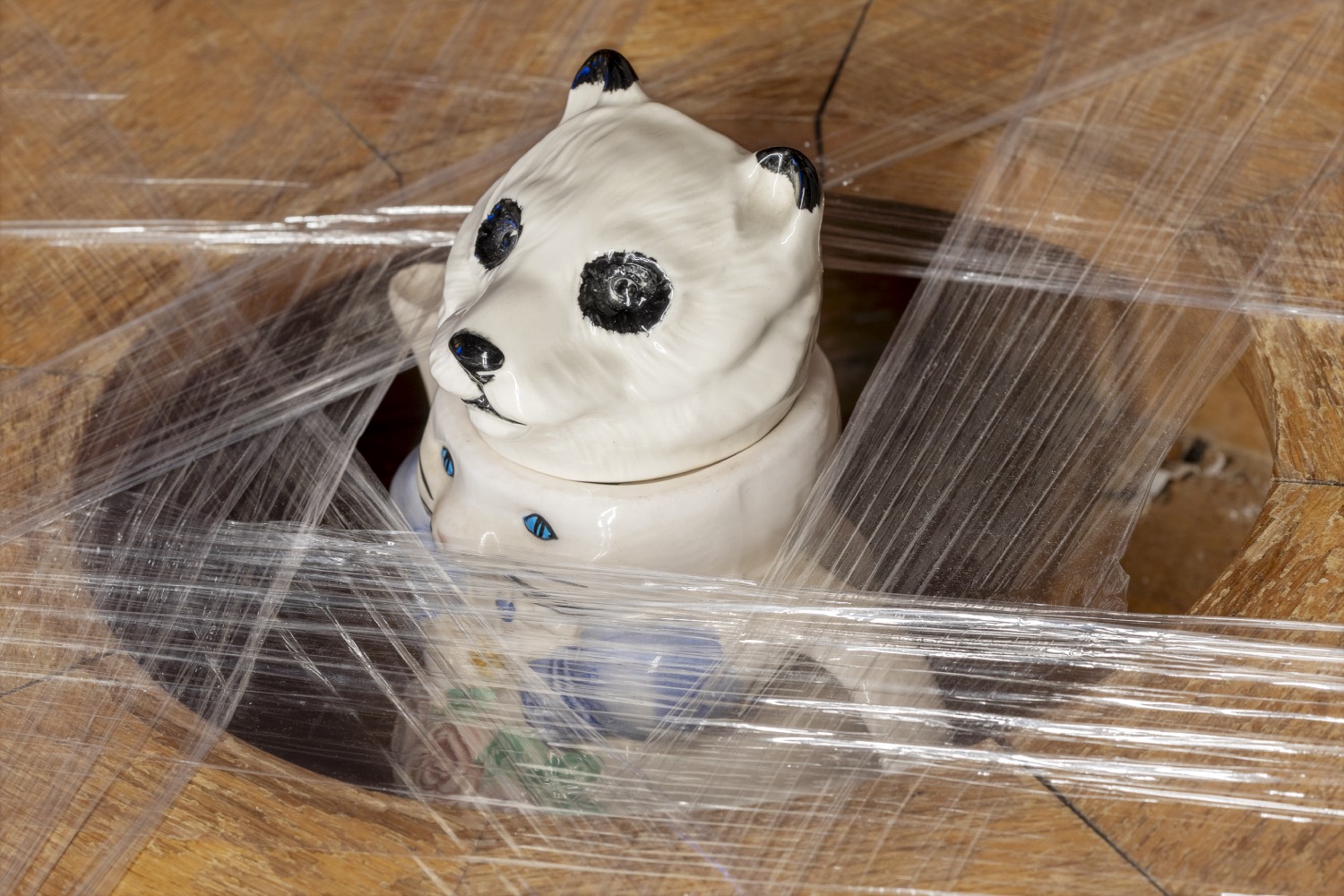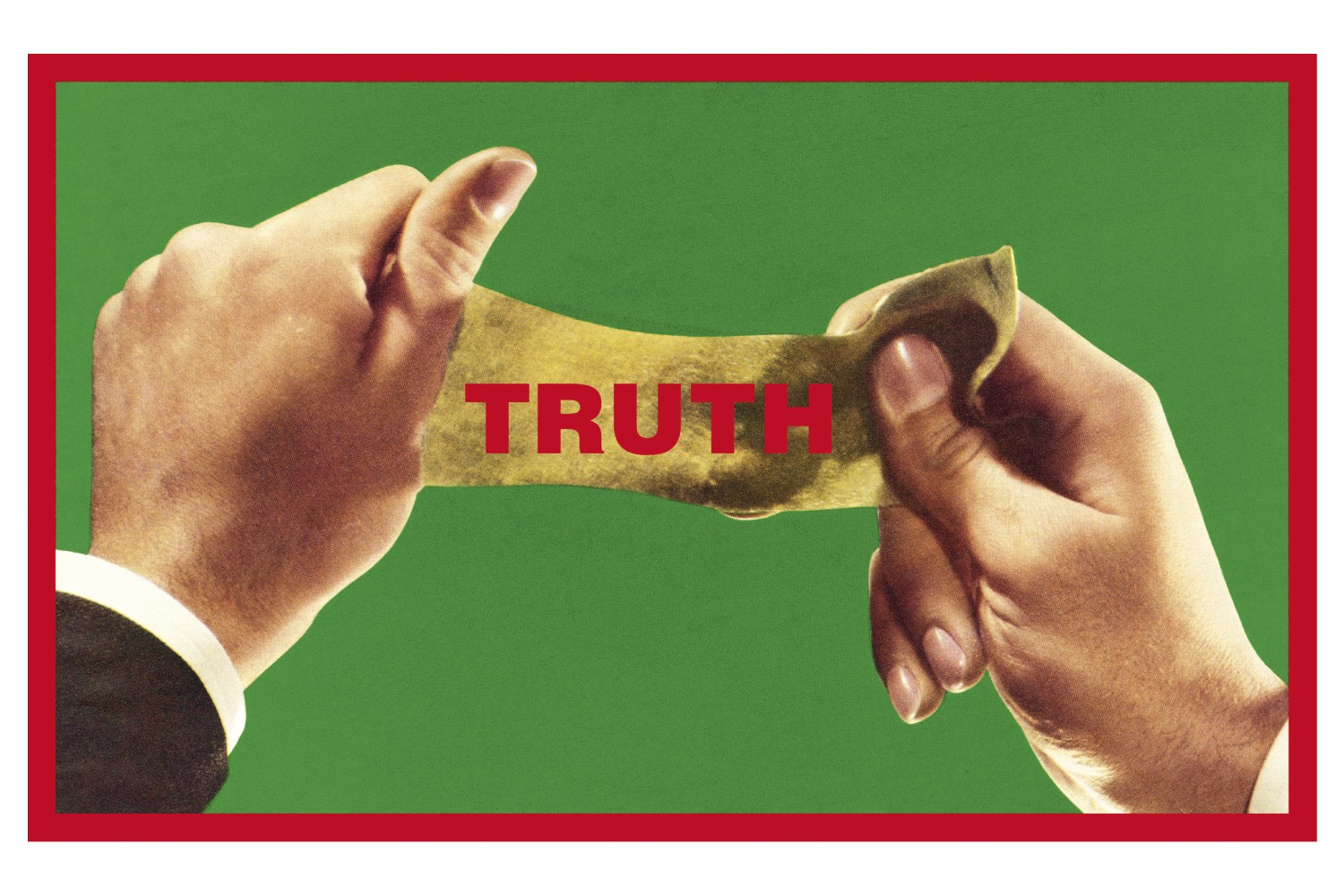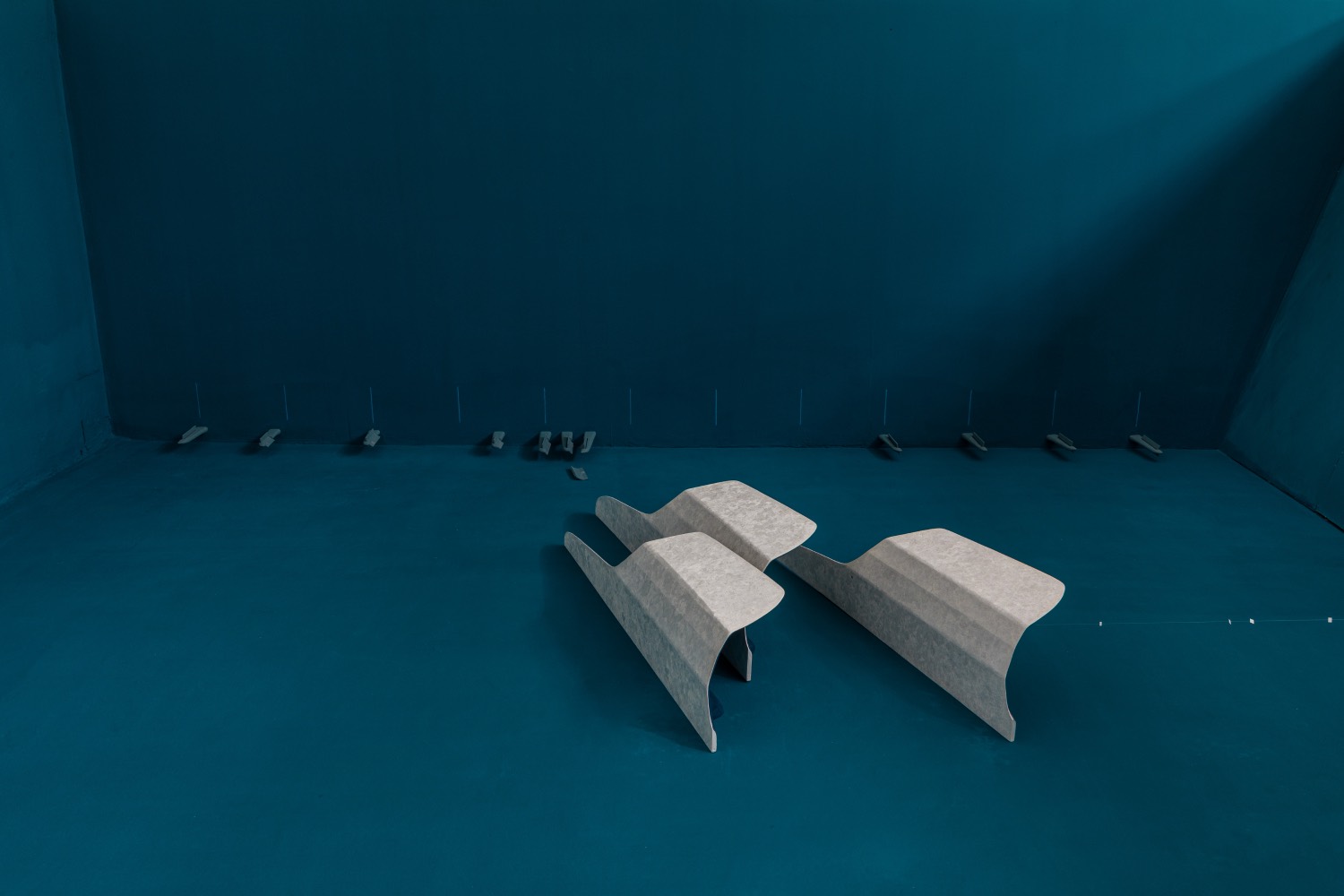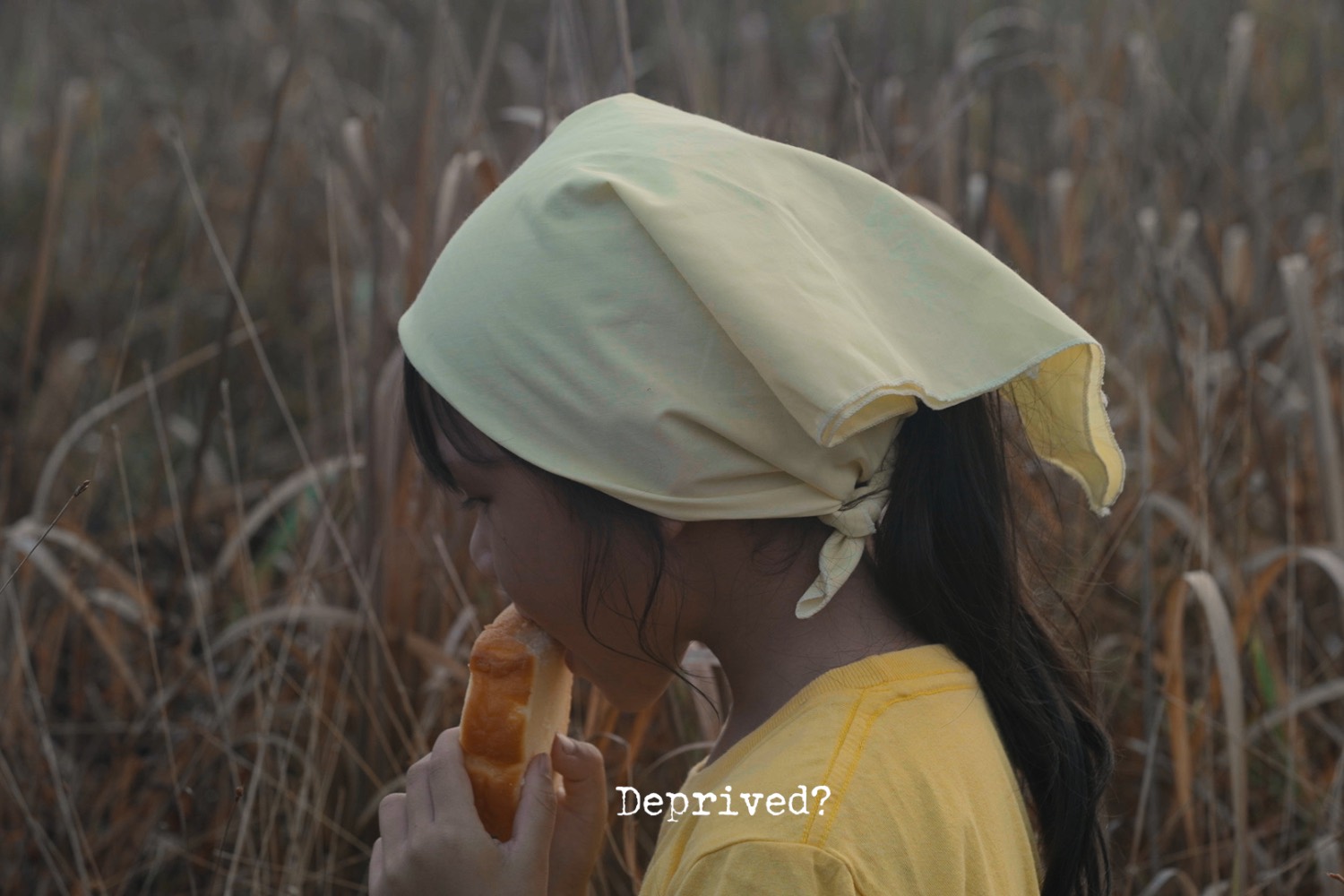To mark their twentieth anniversary, the Mori Art Museum in Tokyo presents “Our Ecology: Toward a Planetary Living,” co-curated by Martin Germann and Reiko Tsubaki, featuring more than a hundred works by thirty-four artists from sixteen countries. Inspired by the concept of “the global and the planetary” as elaborated by Indian-born historian Dipesh Chakrabarty in his 2021 publication “The Climate of History in a Planetary Age,” the exhibition explores the idea of the “local” to reflect on the current state of global communities and considers how artists around the globe have reacted to ecological issues in their respective environments from the 1950s to the present.
The exhibition is organized in four chapters: “All Is Connected,” “Return to Earth — Art & Ecology in Japan, 1950s–1980s,” “The Great Acceleration,” and “The Future Is within Us.” The narration opens with documentation from a series of untitled biological sculptural acts that Hans Haacke made between 1968 and 1972. This includes photographs from experiments he made with natural elements — water, ice, seeds, and soil — on the rooftop of his studio in Manhattan’s Bowery district, as well as Monument to Beach Pollution (1970), an image showing a pile of waste and driftage on a Spanish beach. These historical pieces highlight the curators’ view that “back-casting” — using Germann’s word — is fundamental to think about ecology today.
Also reflecting this approach, the second section of the show, guest curated by the American scholar Bert Winther-Tamaki, delves into Japanese art history across four decades, emphasizing the country’s environmental issues and the artists’ relationship with them. Although not a large part of the exhibition, the works shown provide a rare insight into how Japanese artists responded to the challenges of industrial pollution amid drastic postwar social changes and economic growth. The chapter includes legendary contemporary ceramicist Ryoji Koie’s Return to Earth (1) (1971), a sculpture made of pulverized porcelain that expresses his anti-nuclear beliefs by showing the moment when the artist’s face, baked into the earth, crumbles back into the soil. Also on view is “fog sculptor” Fujiko Nakaya’s lesser-known activist film from 1972, Friends of Minamata Victims – Video Diary, a twenty-minute film that documents protests related to the industrial wastewater health crisis in Minamata, Japan.
The exhibition is unique in its awareness of the complex layers of time and narrative connecting past and present, with a focus on locality, while ecology concerned exhibitions tend to call the audience’s attention to the contemporary environmental issues with a global perspective. Germann asserts that “global problems started with local beginnings,” and that the show “metaphorically departs from the ground that the museum building stands on.” Chapter four features Quadra Medicinale Roppongi (2023) by the late Belgian artist Jef Geys, a simple yet rich and fulfilling collaborative community project composed of dried medicinal weeds the participants collected around the museum, accompanied by a set of photographs of their original location. The project literally springs from the museum’s grounds and interrogates its immediate vicinity. Sculptor Kate Newby reached out a little further, to the streets of Ginza, and created the large-scale installation FIRE!!!!!!! (2023) using random found objects, a set of specially made terrazzo tiles, and indigo fabric made in Tokyo. Seeing these works, the viewer realizes that “ecology” does not only address the natural environment but also encompasses broader connections and social systems in our everyday lives.
At the end of the exhibition, American artist Asad Raza’s site-responsive installation Komorebi (Dappled Sunlight) (2023) invites the audience to stand beneath rustic wooden scaffolding and feel the sun coming through the skylight above, which in fact was repaired by the artist as a part of the work. The sunlit floor quietly draws attention to the ground upon which the viewer stands — an aptly symbolic closing for the show.

